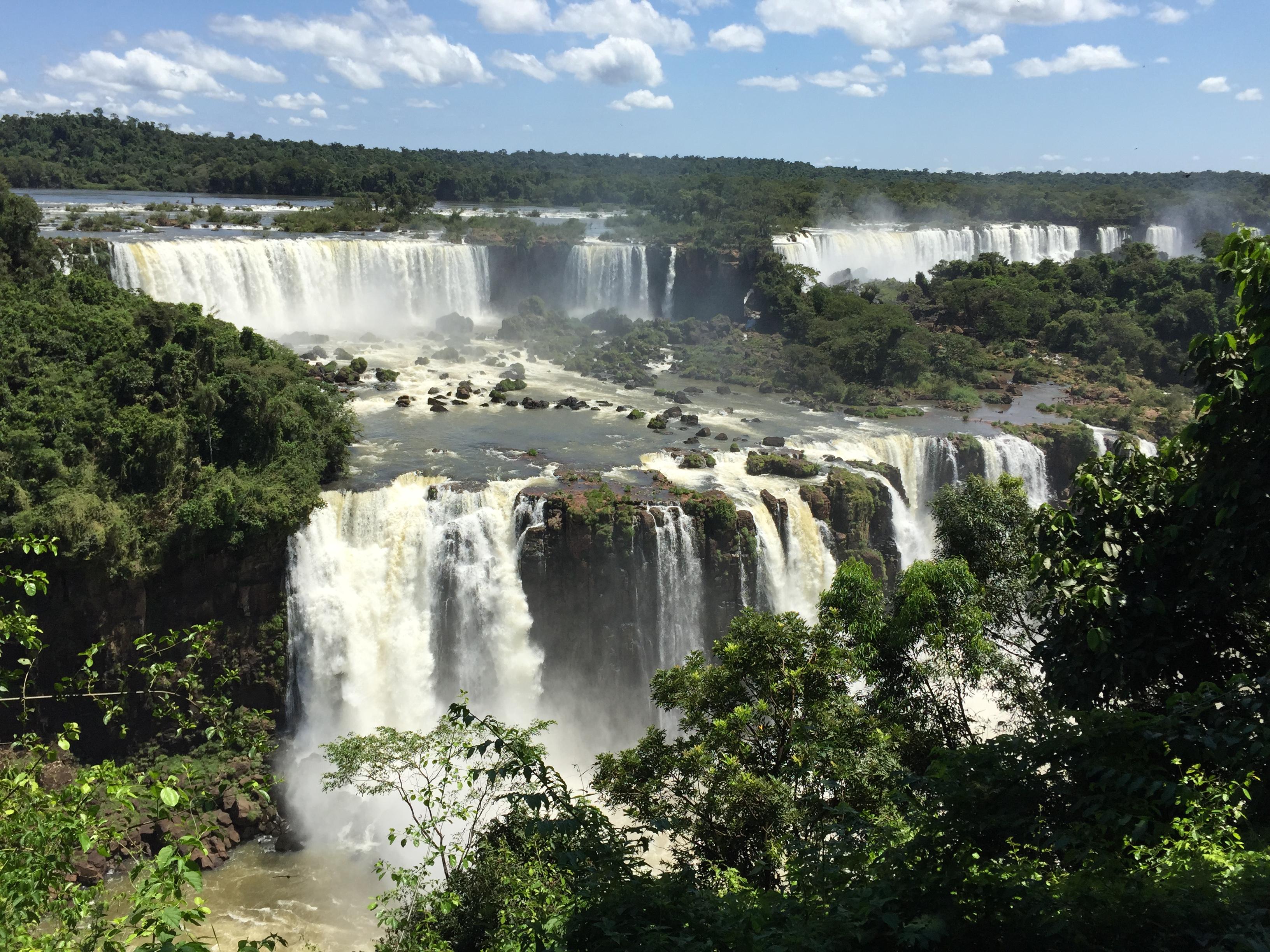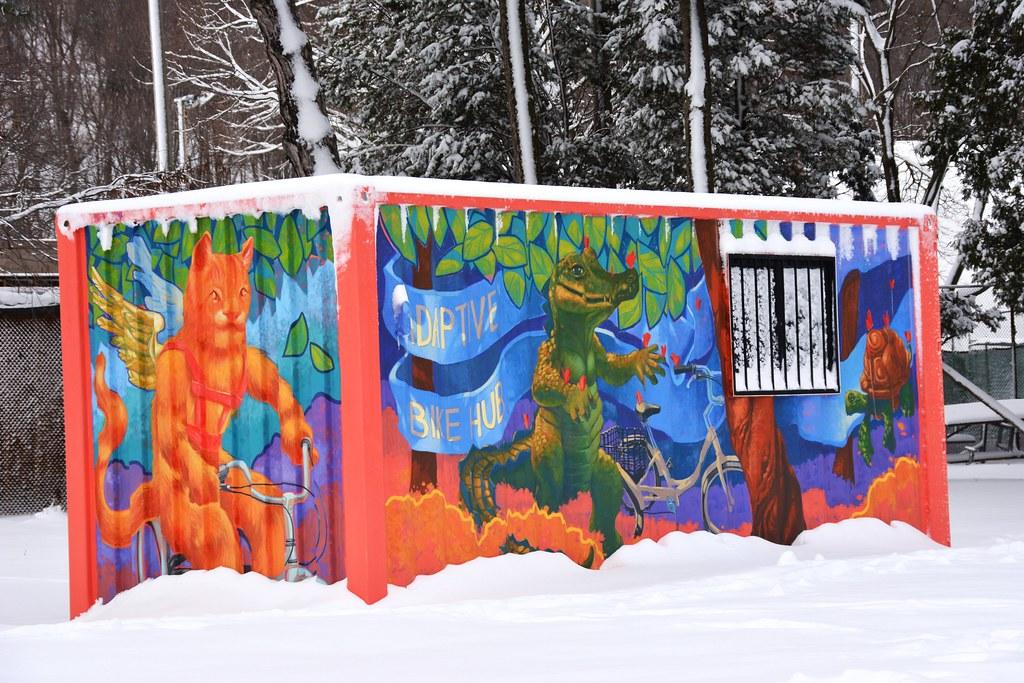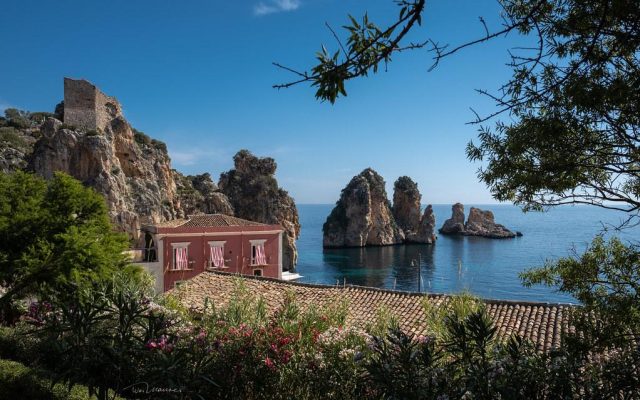In the bustling heart of global tourism, where the allure of iconic landmarks and natural wonders beckons millions each year, a quiet yet significant transformation is unfolding. As travelers eagerly plan their pilgrimages to these celebrated sites, they encounter a new reality: rising entrance fees. This subtle shift has ignited a vibrant debate, weaving a complex tapestry of perspectives from policymakers, conservationists, and travelers themselves. On one side, proponents argue that these increased fees are essential for preserving the beauty and integrity of these cherished attractions. On the other, critics contend that such measures may turn these wonders into exclusive sanctuaries, accessible only to the privileged few. As this debate unfolds, it invites us to ponder the true value of our world’s treasures and the price we are willing to pay to experience them. Join us as we delve into the multifaceted discourse surrounding the rising costs of entry to our planet’s most popular attractions, exploring the implications for both present and future generations.
Balancing Accessibility and Revenue in Tourist Hotspots
The allure of iconic landmarks and natural wonders often attracts throngs of visitors, leading to a pressing need for a delicate balance between maintaining accessibility and ensuring sustainable revenue generation. While rising entrance fees are increasingly becoming the norm, they spark a heated debate about their impact on both local economies and the visitor experience. On one hand, higher fees can provide much-needed funds for conservation efforts, infrastructure improvements, and community support. On the other hand, they risk alienating travelers, especially those from lower-income brackets, potentially transforming these sites into exclusive destinations.
Striking this balance involves exploring innovative solutions that cater to diverse needs. Consider implementing tiered pricing systems, which could include:
- Discounts for local residents to foster community engagement.
- Off-peak pricing to encourage visits during less crowded times.
- Family packages to make visits more affordable for larger groups.
Additionally, embracing technology can offer alternatives such as virtual tours, providing a taste of the experience to those unable to visit in person. As stakeholders navigate these challenges, the goal remains clear: to preserve the magic of these attractions while ensuring they remain open to all who wish to explore their wonders.

The Impact of Price Hikes on Visitor Demographics
The ripple effects of increasing entrance fees are distinctly felt across various visitor demographics, creating a mosaic of new challenges and opportunities for popular attractions. As ticket prices ascend, affordability becomes a pivotal concern, particularly for families and budget-conscious travelers. This shift often results in a noticeable decline in the number of local visitors, who might otherwise have been regular patrons. In contrast, affluent tourists and those with a keen interest in niche experiences may still be willing to pay a premium, thus altering the demographic landscape.
- Reduced Local Engagement: Higher fees can discourage local visitors, who may prefer more affordable leisure options.
- Increased Exclusive Appeal: Attractions may inadvertently cater more to tourists seeking unique, premium experiences.
- Potential for Diversified Revenue: By adjusting offerings, attractions might attract a new, albeit smaller, audience willing to pay for exclusive access.
These changes challenge attractions to rethink their engagement strategies, balancing economic sustainability with inclusivity. While the financial implications are significant, the cultural and social impacts are equally profound, prompting a reconsideration of how attractions position themselves in a rapidly evolving market.

Exploring Alternative Funding Models for Sustainable Tourism
As tourism continues to flourish, destinations worldwide are grappling with the challenge of maintaining their allure while managing the environmental and infrastructural pressures of increased visitor numbers. One approach that has gained traction is the implementation of higher entrance fees at popular attractions. Proponents argue that this strategy not only generates much-needed revenue for conservation efforts but also helps to regulate visitor flow, ensuring a more sustainable and enjoyable experience for all.
However, this model is not without its critics. Opponents raise concerns that escalating fees could make these attractions inaccessible to certain demographics, effectively creating an elitist landscape where only the affluent can afford to visit. They suggest alternative funding mechanisms that could complement or replace entrance fees, such as:
- Dynamic pricing models that adjust fees based on peak and off-peak seasons, offering more affordable options during less crowded times.
- Voluntary contributions from visitors who wish to support conservation initiatives, fostering a sense of shared responsibility.
- Public-private partnerships that leverage investments from businesses benefiting from tourism to fund maintenance and sustainability projects.
Ultimately, finding a balance that preserves both the natural beauty and accessibility of these sites is crucial, requiring innovative and inclusive solutions.
Recommendations for Equitable Access to National Treasures
To address the growing concern over the accessibility of national treasures, several strategies can be implemented to ensure that everyone has the opportunity to enjoy these cultural and natural wonders. Dynamic pricing models could be introduced, offering lower fees during off-peak seasons or for less crowded times, encouraging a more even distribution of visitors throughout the year. Additionally, tiered membership programs could provide discounted rates for frequent visitors or local residents, making it more affordable for those living near these attractions.
Community engagement initiatives are also crucial. By collaborating with local organizations, museums and parks can offer free or reduced admission days, ensuring that individuals from all economic backgrounds have the chance to experience these sites. Furthermore, digital access solutions can be enhanced to offer virtual tours and educational content, allowing people who are unable to visit in person to still engage with the history and beauty of these locations. By implementing these recommendations, we can create a more inclusive and equitable experience for all visitors.
Closing Remarks
As the gates to the world’s most cherished landmarks continue to shimmer with both allure and apprehension, the debate over rising entrance fees remains a vivid tapestry woven with threads of economics, accessibility, and conservation. Like the varied hues of a sunset, each perspective offers its own unique glow, casting light on the complexities of preserving our cultural and natural wonders. Whether these fees serve as a necessary shield for preservation or an unwelcome barrier to exploration, the conversation is far from over. As we stand at this crossroads, it is imperative that stakeholders, from policymakers to tourists, engage in a dialogue that balances the scales of stewardship and accessibility. For it is only through understanding and compromise that we can ensure these treasures remain vibrant and welcoming for generations yet to come. And so, as we close this chapter, the story continues to unfold, inviting each of us to play our part in shaping the future of our shared heritage.

































